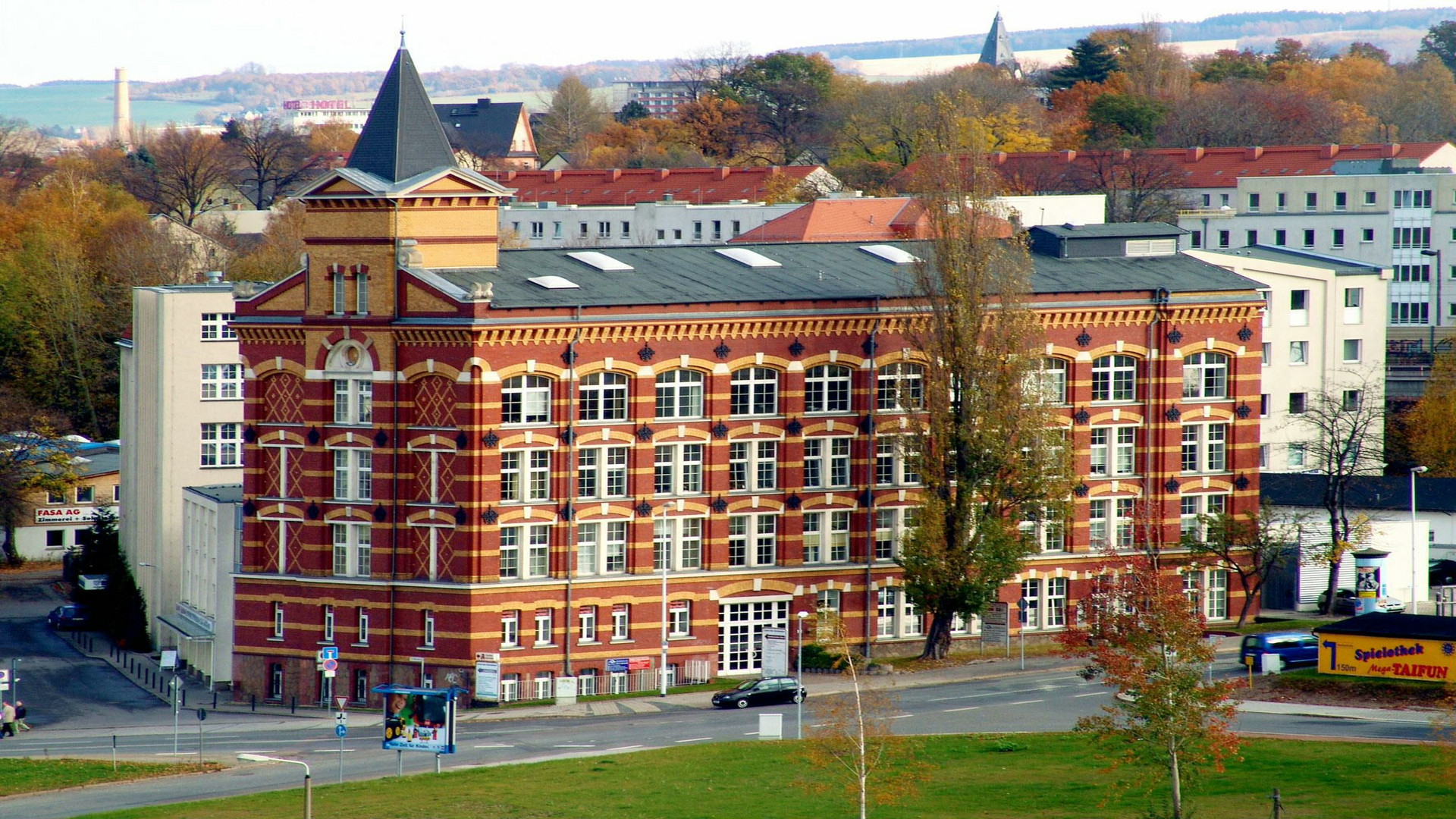Lecture: Between demolition and bargain hunting. The early 1990s in Chemnitz

Event information
more information
Organizer
Program field
Barrierefreiheit
Travelling to the venue is barrier-free using public transport.
Marked parking spaces are available near the entrance.
The toilet is barrier-free and wheelchair-accessible.
No stroboscopic effects are used.
Tales of Transformation
In its major exhibition ‘Tales of Transformation’, the Industriemuseum Chemnitz compares the development of former industrial hotspots: Chemnitz, Gabrovo, Łódź, Manchester, Mulhouse and Tampere. The exhibition sheds light on the impulses for the future coming from these cities and what they can learn from each other: rapid growth and splendid wealth paired with precarious living conditions - later a radical collapse and the necessary reinvention. The exhibition is part of the main programme of the European Capital of Culture Chemnitz 2025.